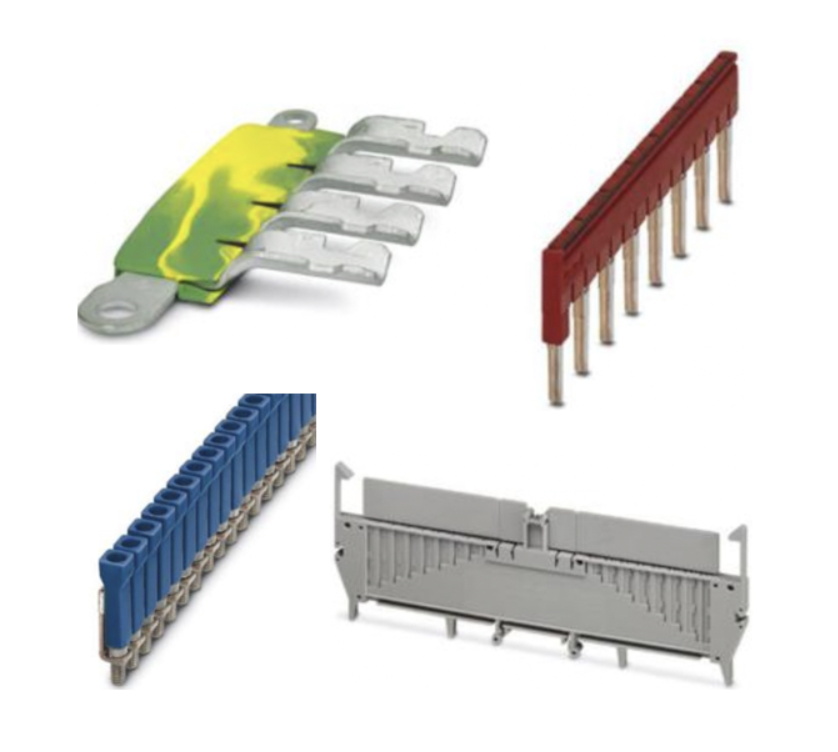Terminal Block Accessories

Terminal block accessories are important components that augment the usefulness, orderliness, and secure nature of terminal blocks in electrical systems. These block accessories are intended to work with standard DIN rail-mounted terminal blocks, and they provide installers of those terminal blocks with some extra features that make the terminal blocks more reliable and better organized. Accessories for terminal blocks serve a variety of functions, and they make DIN rail-mounted terminal blocks much more practical and convenient.
Terminal block accessories come in a variety of types and make it possible to adapt terminal blocks to virtually any product, any configuration. Some offer marking systems that make it easy to identify individual terminals. Others are connectors for linking terminal block positions, and still others are partition plates that isolate adjacent circuit sections. All of these accessories not only make professional wiring setups more organized and accessible but also speed installation, reduce the required maintenance, and increase the reliability of the installation.
FAQs
What terminal block accessory type creates internal, separate connections?
Partition plates are the terminal block accessory type that create internal, separate connections by isolating adjacent terminals within a DIN rail assembly.
What range of accessories can I choose to test terminal blocks?
You can choose from a range of test accessories for terminal blocks, including test plugs, test sockets, and cross-connect test adapters that provide safe and easy circuit verification.
Wiring Jumpers: What Are They and Why We Use Them
Jumpers, Jumper Bars or Terminal Block Jumpers
Jumpers, Jumper Bars or Terminal Block Jumpers are a short length of conductor (typically copper) that is used to connect two or more points within an electrical circuit. When wiring terminal blocks, it is common to connect multiple terminal blocks together to make it easier to distribute power through the panel. This can be done with jumpers or wires. Jumpers eliminate the need to physically wire several points together, which can save time and energy.

